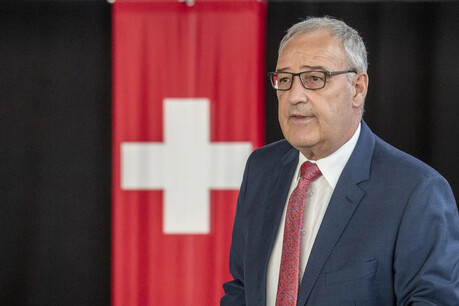Published by Thinking Power
496 pages
25,800 won

"Taiwan Semiconductor Manufacturing Company (TSMC), the Taiwanese semiconductor manufacturing giant, is the world's leading foundry." This phrase perfectly encapsulates TSMC's position in the global semiconductor industry. By manufacturing the most advanced and cutting-edge chips designed by companies like Nvidia, Apple, and Qualcomm, TSMC has solidified its status as the world's number one foundry. Major tech companies and chip designers are lining up to entrust their manufacturing to TSMC, renowned for its high yield rates.
One might wonder why TSMC holds such a dominant position when Samsung is also a global semiconductor powerhouse. The key difference lies in their focus. While Samsung and SK Hynix excel in the memory semiconductor sector, TSMC specializes in manufacturing non-memory chips based on customer orders. This is known as the "foundry" business.
In Taiwan, TSMC, or "Taijidian" in Mandarin, is considered the dream job for engineers and a source of national pride. Initially, the Taiwanese government invested 48% of the company's capital, and Philips contributed 27%. However, Philips eventually sold all its shares, leaving the government with a 6% stake. Today, TSMC is primarily a private company with over 70% of its shares owned by foreign investors.
TSMC has pioneered a new paradigm in semiconductor manufacturing, leading the industry through its customer-centric business model and innovative technology development. As a pure-play foundry, TSMC has relentlessly focused on meeting customer needs and has invested heavily in R&D to improve yield rates and develop advanced manufacturing processes. By comparing TSMC's technological advancements and its strategic approach to that of Samsung, which has scaled back its foundry investments, we can glean valuable insights. The message is clear: in the age of US-China trade wars and AI, the key to success in the semiconductor industry lies in relentless R&D.
TSMC's recent financial results are a testament to its success. In the third quarter, net profit surged 54% year-on-year to NT$140 billion (approximately US$4.5 billion). The company's global foundry market share reached a dominant 62% in the second quarter, while Samsung, with an 11% share, reported losses in both its design and foundry divisions in the third quarter. These figures underscore the urgent need for Korea to learn from TSMC's success and catch up in the global semiconductor race.
This book chronicles TSMC's journey from its founding to its current position as a global leader. It delves into the company's history, including the founding by Morris Chang, a former executive at Texas Instruments, the intense competition with Samsung and UMC, and the legal battles with Chinese state-owned semiconductor company SMIC.
Author Lin Hongyuan, a veteran tech journalist, has been covering the semiconductor industry for over 30 years. This book offers a comprehensive look at TSMC, a company that has achieved a market capitalization of NT$14 trillion (approximately US$450 billion) and a dominant 60% market share in the foundry sector. For Korea, as it grapples with challenges in its semiconductor industry, this book provides invaluable insights into the strategies and innovations that have propelled TSMC to the top.
[Copyright (c) Global Economic Times. All Rights Reserved.]






























